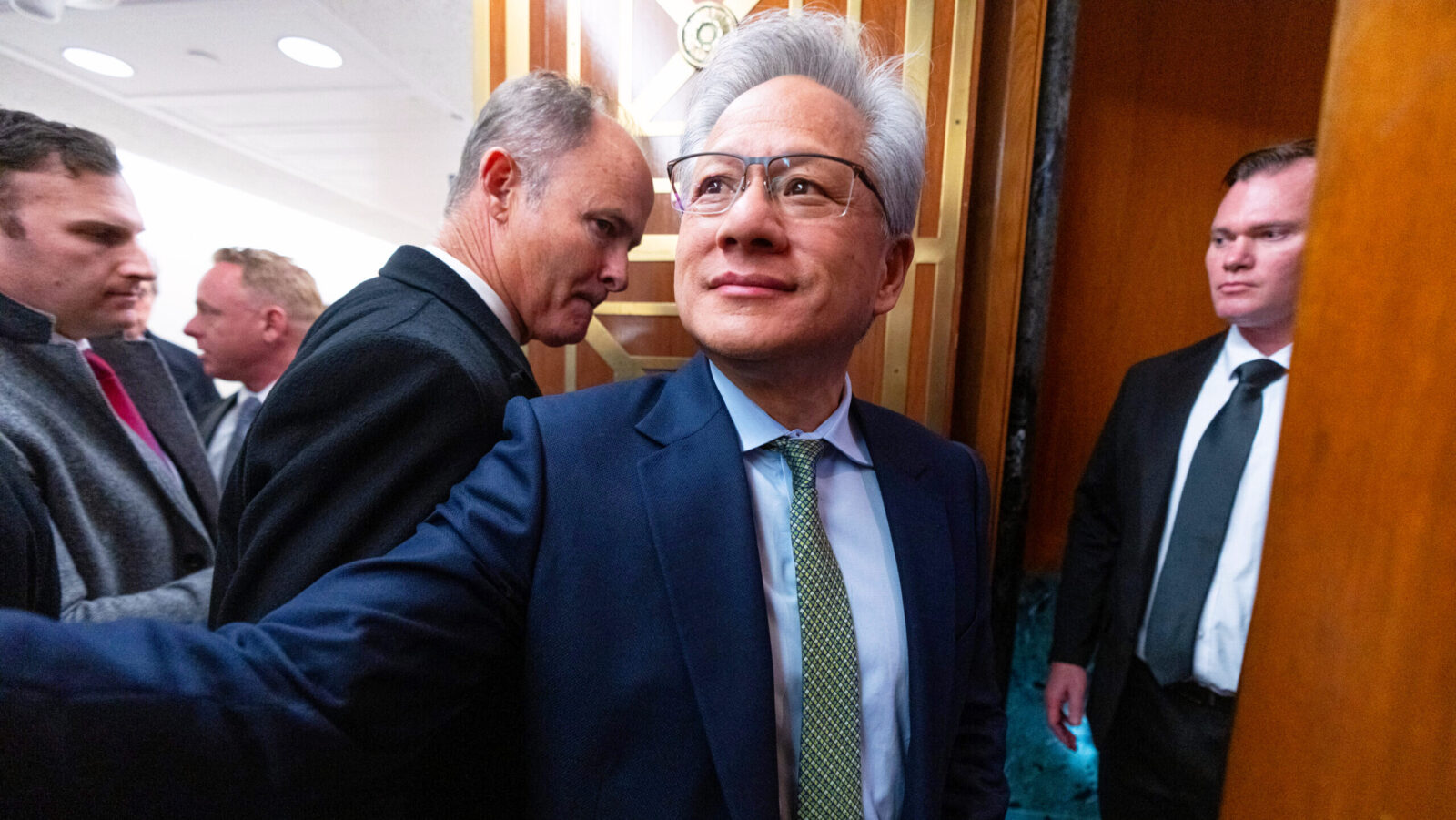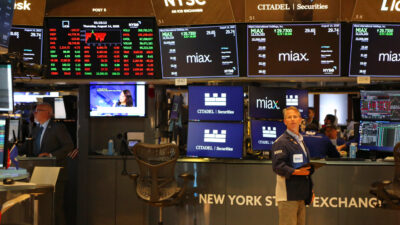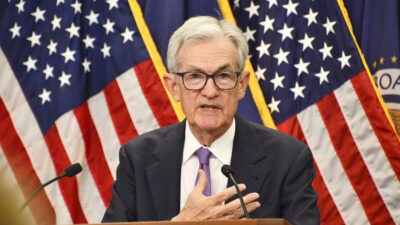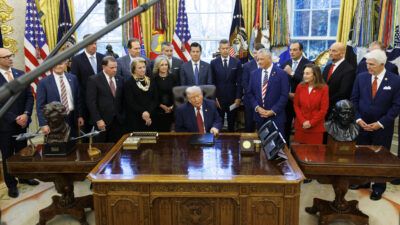Bottom Line Undercuts Hot Quarter for Top-Line US GDP
Economists anticipated a 2.5% rate, so the better-than-expected top line figure was obviously cause for celebration, right?

Sign up for smart news, insights, and analysis on the biggest financial stories of the day.
When a car’s engine runs hot, it’s best to take a look under the hood. When the country’s economic engine does the same, peek at the underlying data.
US gross domestic product grew at an annualized rate of 3% in the second quarter, the Commerce Department said Wednesday, a seemingly white hot turnaround from 0.5% in the first three months of the year. Economists anticipated a 2.5% rate, so the better-than-expected top-line figure was cause for celebration, right?
Don’t Ignore the Core
As ING Chief International Economist James Knightley noted Wednesday, the primary driver of growth in the second quarter was net trade whiplash. In the first quarter, companies went into overdrive importing as much as they could to beat President Donald Trump’s tariffs. In the second quarter, those elevated import rates came crashing down. “This meant that net trade contributed 5pp to the headline growth rate, but a run-down in inventories, as companies put their first-quarter imports to work, subtracted 3.2pp,” he wrote.
That sort of dramatic trade reversal is not going to be a constant phenomenon, which is why analysts and investors looked especially closely at underlying data points. Take consumer spending — just 70% of the US economy, no big deal:
- On Tuesday, the Conference Board released its latest Consumer Confidence Survey, a closely watched gauge of Americans’ financial attitudes. Among the data, the all-important Expectations Index, which measures how consumers view the short-term outlook for income, businesses and the job market, rose 4.5 points to 74.4, but that left it below the threshold of 80 that historically signals a recession in the next 12 months, for the sixth straight month.
- The underlying data from the Commerce Department released Wednesday aligned with the less rosy picture: Core GDP, which strips out volatile economic activity like inventory changes and net exports to give a better view of consumer spending and private sector investment, slowed in the second quarter to an annualized 1.2% rate from 1.9% a year earlier. Many economists consider core GDP a better indicator of the economy’s health, and it registered the weakest since the fourth quarter of 2022.
Nationwide Chief Economist Kathy Bostjancic put it succinctly in a note Wednesday: “Headline numbers are hiding the economy’s true performance, which is slowing as tariffs take a bite out of activity.” The S&P 500 taking a minor 0.1% dip on Wednesday suggests markets are taking the underlying signals seriously.
No Reservations: Ridiculed by President Trump as a “numbskull” and a “moron” for not cutting interest rates, Federal Reserve Chairman Jay Powell and his colleagues on the central bank’s monetary policy committee left rates unchanged on Wednesday for the fifth straight meeting. But two governors broke ranks in a 9-2 vote, siding with Trump’s demands to lower rates and marking the first time there have been multiple dissents since 1993. On top of that, Fed officials downgraded their fiscal outlook, reasoning that “economic activity moderated in the first half of the year” in a hint they’re not far off from agreeing on interest rate cuts. Annex Wealth Management’s Brian Jacobsen wrote they could soon regret that: “The Fed probably wishes it waited until next Wednesday to have this meeting so they could have the employment numbers [scheduled for release Friday] to look at. It’s setting up to be an awful lot like last year when, in hindsight, they wished they’d have cut in July and so they did a catchup cut in September.”











